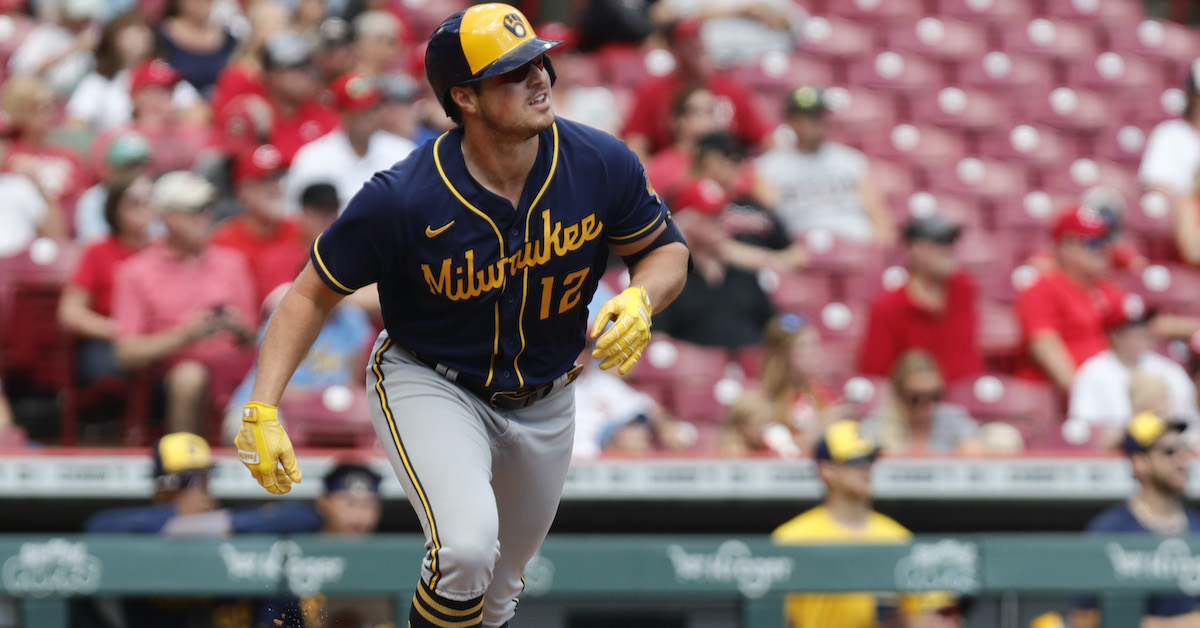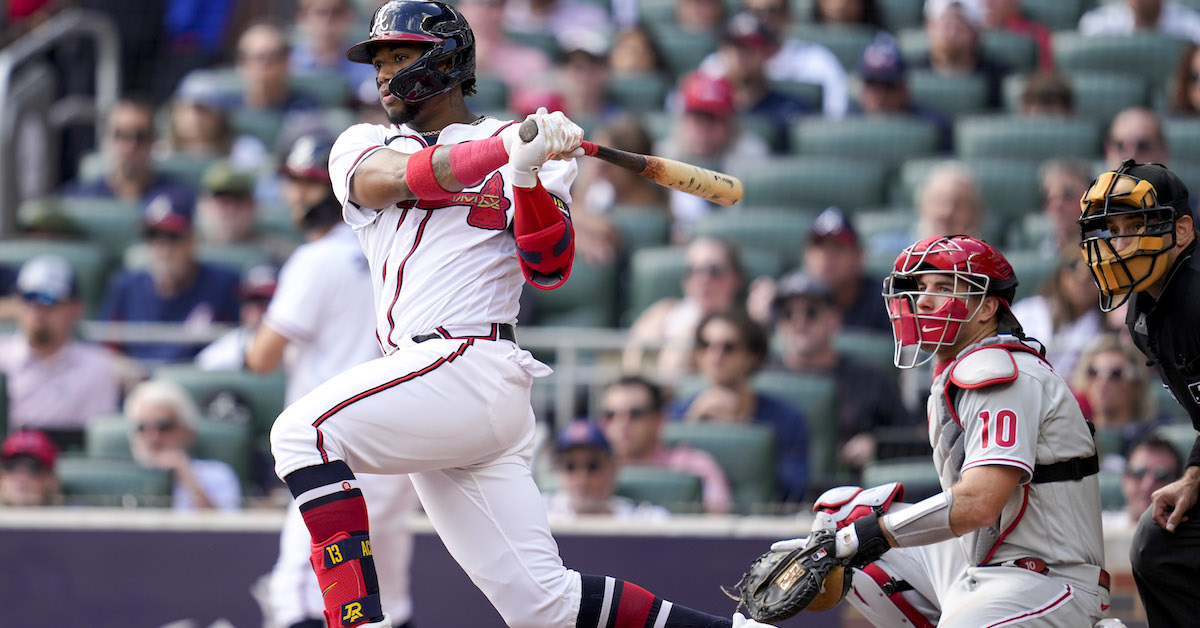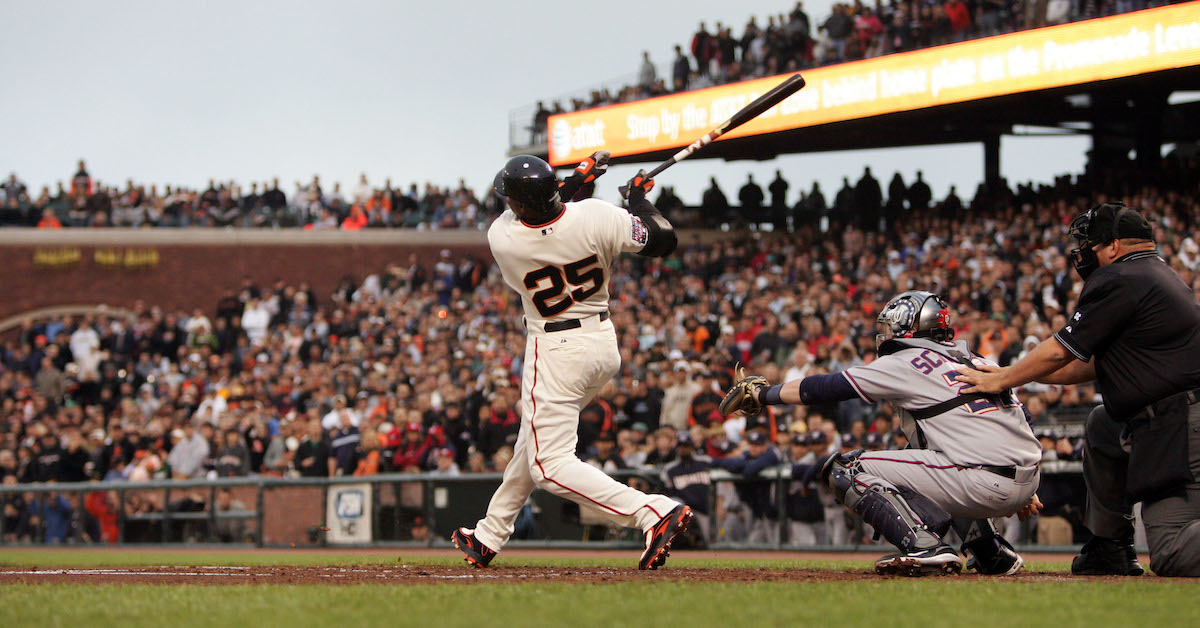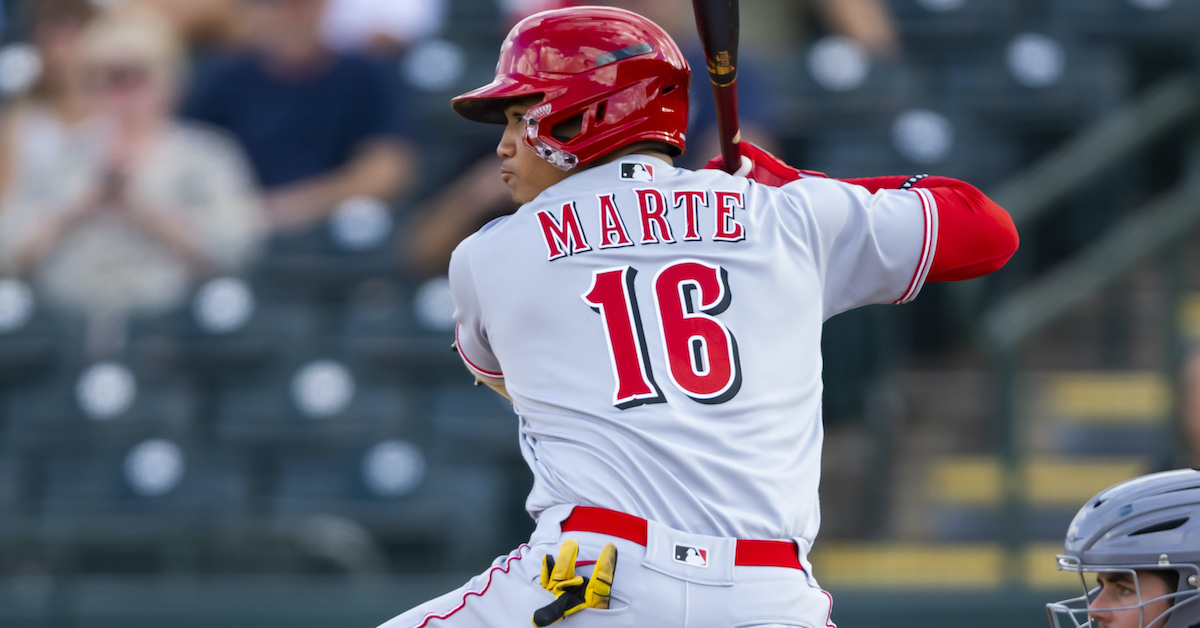Effectively Wild Episode 1934: How to Bring Back Bellinger’s Bat

Ben Lindbergh convenes a roundtable of hitting analysts—Robert Orr from Baseball Prospectus, Esteban Rivera from FanGraphs, and Ryan Parker, formerly of Baseball Prospectus and the Los Angeles Angels—to diagnose the problems with free agent Cody Bellinger’s much-diminished bat and recommend how to revive it. They also discuss their approaches to analyzing hitting, coachability, the differences between public and private hitting analysis, the importance of mashing mistakes, the Angels, and more. Then (1:15:03) Ben closes with a Past Blast from 1934 and a few followups about Bellinger, tweets, and assists on strikeouts.
Audio intro: Wednesday, “Cody’s Only”
Audio outro: The Killers, “Cody”
Link to Dan Szymborski on Bellinger
Link to story on Bellinger’s shoulder
Link to story on Bellinger’s leg
Link to Chris Gilligan on Bellinger
Link to Ken Rosenthal on Bellinger
Link to Prospects Live on Bellinger
Link to Bellinger vs. Musgrove K
Link to Versalles SABR bio
Link to SwingGraphs
Link to SwingGraphs data
Link to Esteban on Acuña
Link to Esteban on vertical bat angle
Link to Robert on crushing cookies
Link to Rosenthal on Angels moves
Link to Joon Lee on the Angels system
Link to EW with Clay Bellinger
Link to 1934 story source
Link to Biele article series
Link to story on Ella Black
Link to Jacob Pomrenke’s website
Link to Jacob Pomrenke on Twitter
Link to MLBTR on Harper’s TJ
Link to Blue Jays tweet
Link to Canseco at Vice
Link to Canseco on time travel
Link to assists story 1
Link to assists story 2
Link to assists story 3
Link to assists story 4
![]() Sponsor Us on Patreon
Sponsor Us on Patreon
![]() Subscribe to Stathead (Code: WILD20)
Subscribe to Stathead (Code: WILD20)
![]() Facebook Group
Facebook Group
![]() Twitter Account
Twitter Account
![]() EW Subreddit
EW Subreddit
![]() Effectively Wild Wiki
Effectively Wild Wiki
![]() iTunes Feed (Please rate and review us!)
iTunes Feed (Please rate and review us!)
![]() Get Our Merch!
Get Our Merch!
![]() Email Us: podcast@fangraphs.com
Email Us: podcast@fangraphs.com
Podcast (effectively-wild): Play in new window | Download
Subscribe: RSS







